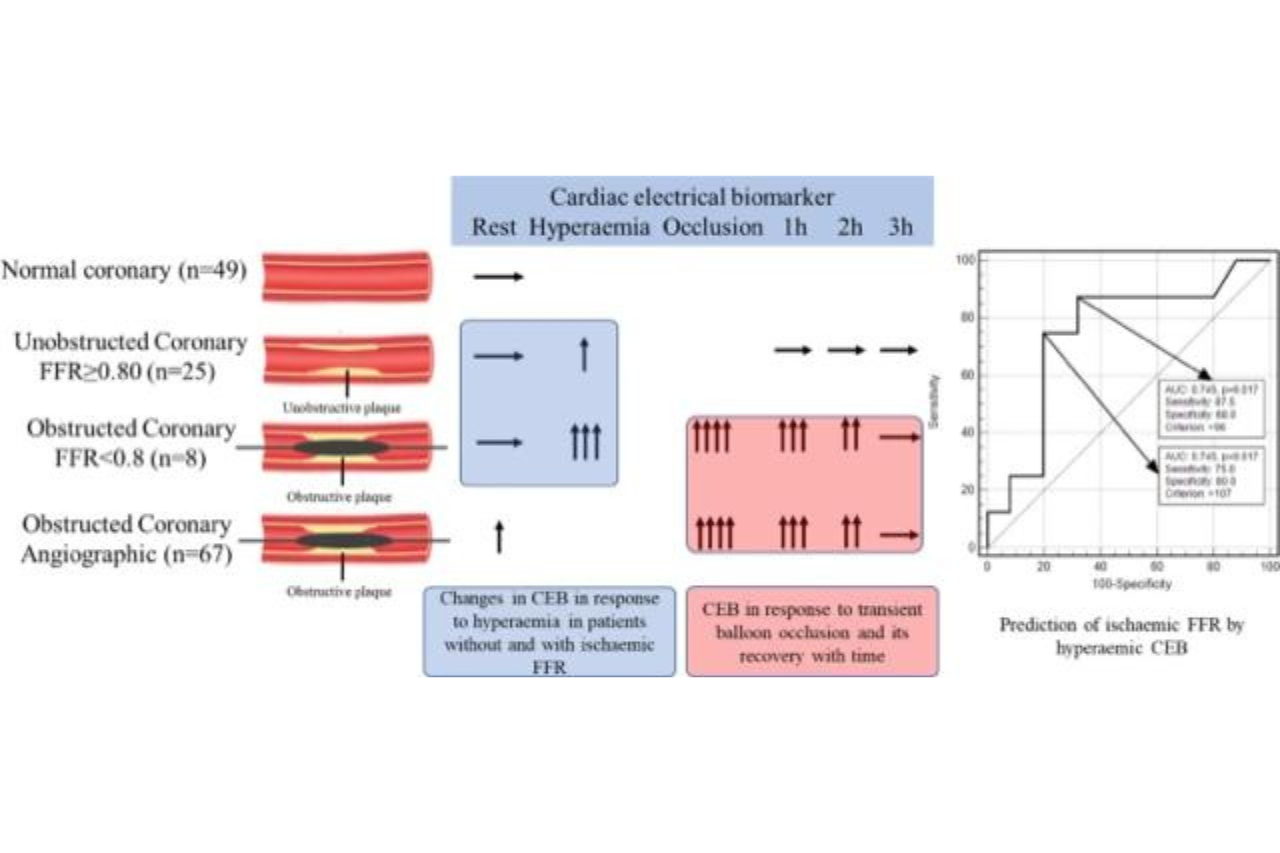
An Experimental Observation to Changes in Cardiac Electrical Biomarker
Cardiac electrical biomarker (CEB), an indicator of ischaemia-induced change in myocyte polarity, has been proposed for diagnosis of acute coronary syndrome. However, effect of coronary occlusion on CEB has not been demonstrated. Click here to read the full article.
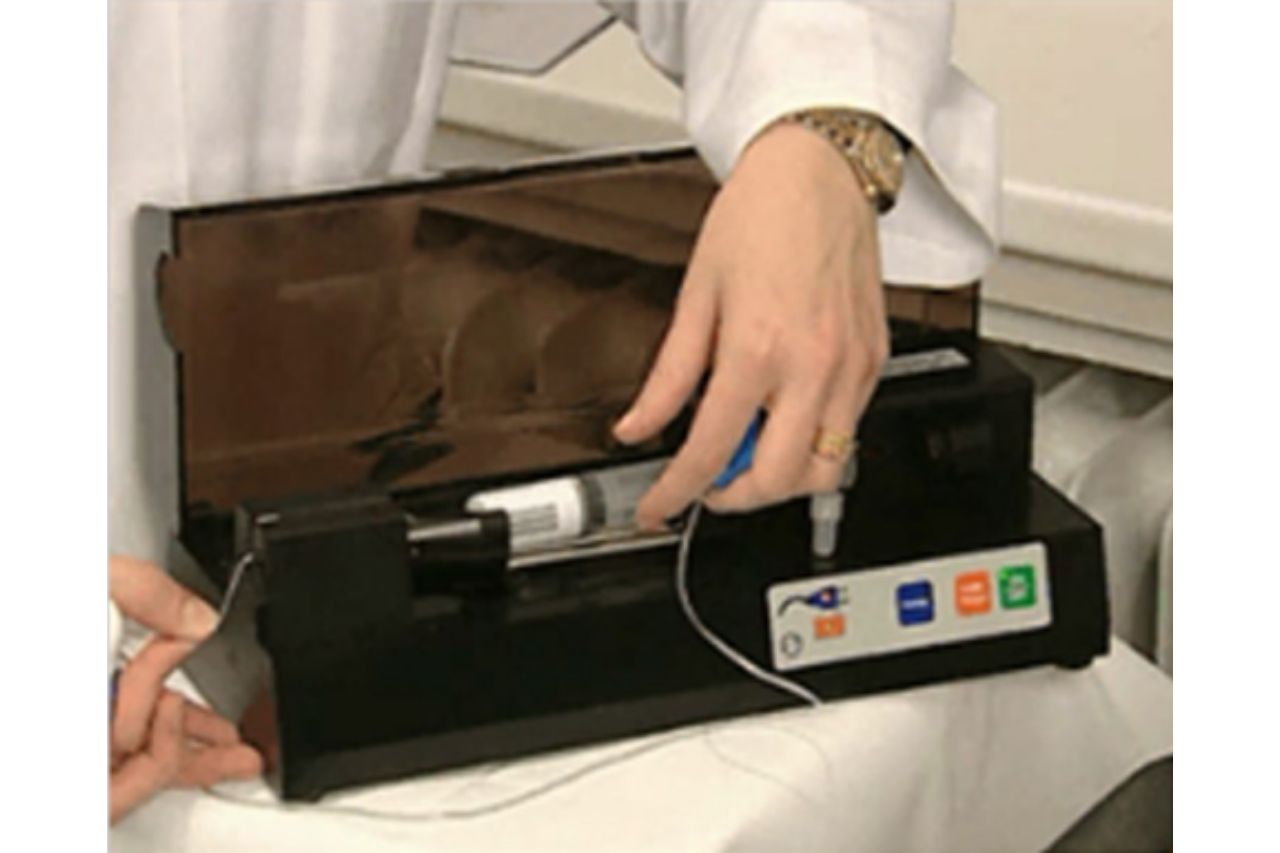
Contrast echocardiography – BSE guidelines
The latest achievement of our research group is the involvement in the National guidelines by British Echo Society on Contrast echocardiography. Ultrasound contrast agent (UCA) has been well established as a safe, cost-effective, and reliable imaging toolfor detecting heart disease. UCA is an essential component of echocardiography laboratories, it reduces the need for additional downstream…
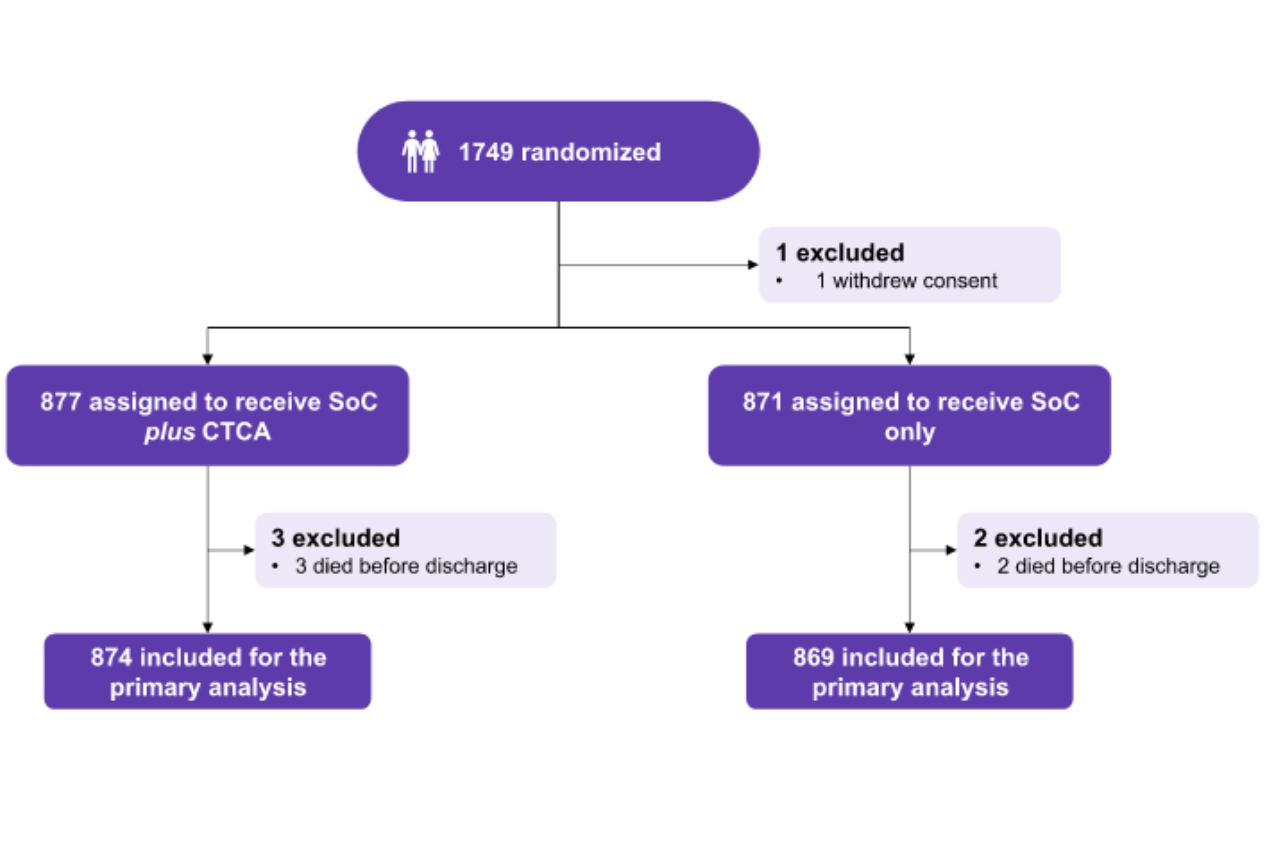
CCTA improves appropriate prescription of secondary preventative medications and medical treatment for patient with coronary disease/heart attack
Computed tomography coronary angiography (CTCA) offers detailed assessment of the presence of coronary atherosclerosis and helps guide patient management. We investigated influences of early CTCA on the subsequent use of preventative treatment in patients with suspected acute coronary syndrome. Read the full investigation here.
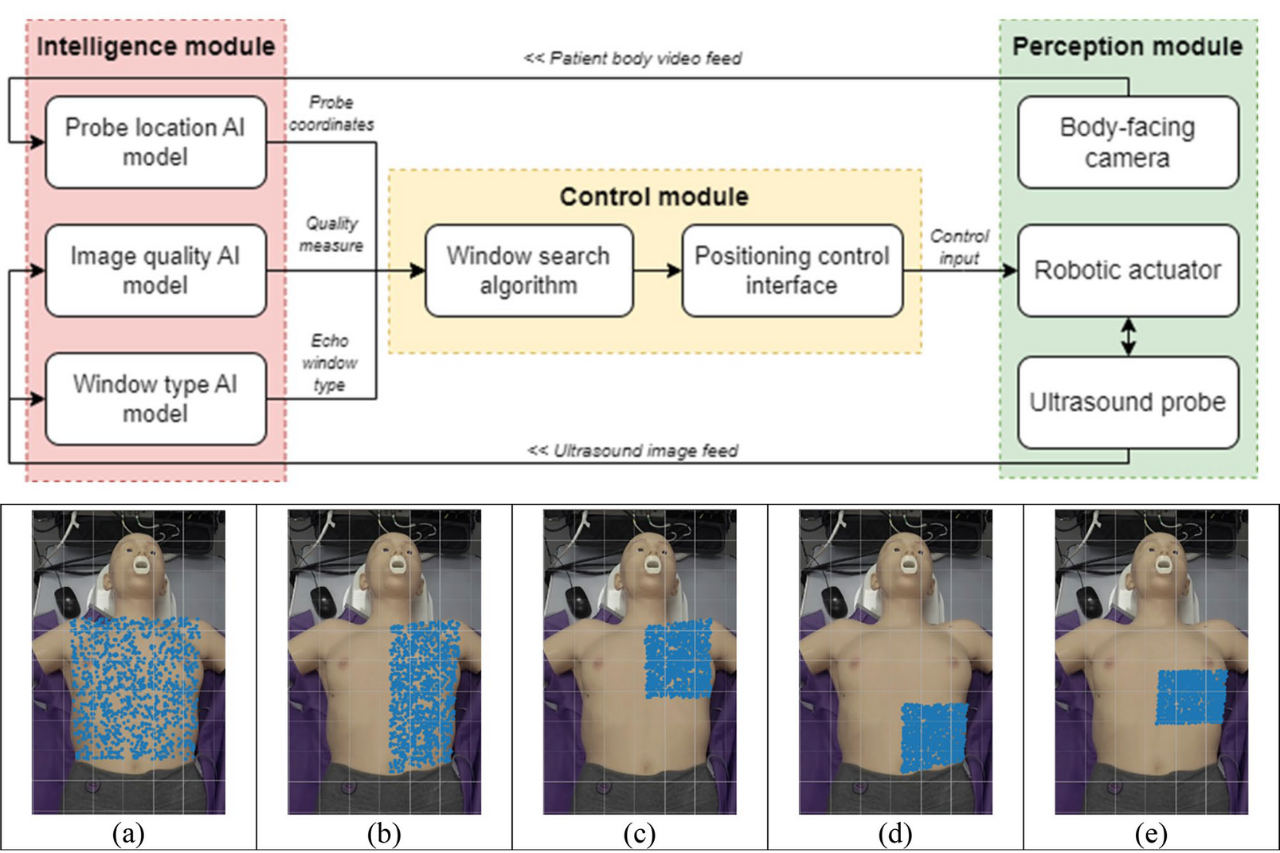
The first steps – echo-robot
Echocardiography is an effective tool for diagnosing cardiovascular disease. However, numerouschallenges affect its accessibility, including skill requirements, workforce shortage, and sonographerstrain. Continue reading the full article by clicking here.
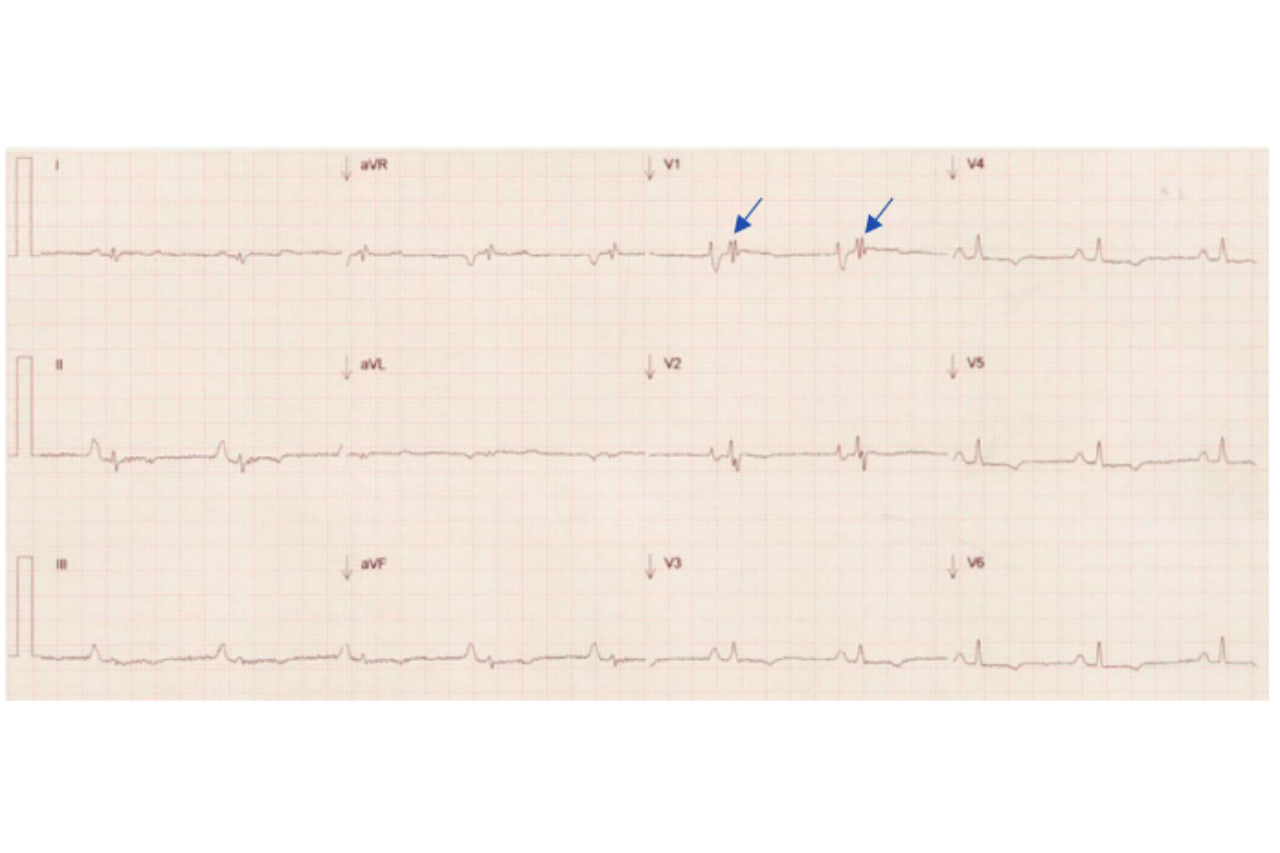
Myocarditis as a trigger for the expression of biventriculararrhythmogenic cardiomyopathy in desmosomal gene mutation
Arrhythmogenic-cardiomyopathy (ACM) is an inherited heart disease with right, left,or biventricular (BVACM) involvement based on EKG, imaging, family history, andgenetic testing. We present a 64-year-old woman with prior myocarditis and diagnosisof BVACM 29 years later. We propose myocarditis as a promoter of gene expression ofplakophilin-2 mutation. Please click here to read the full case report.
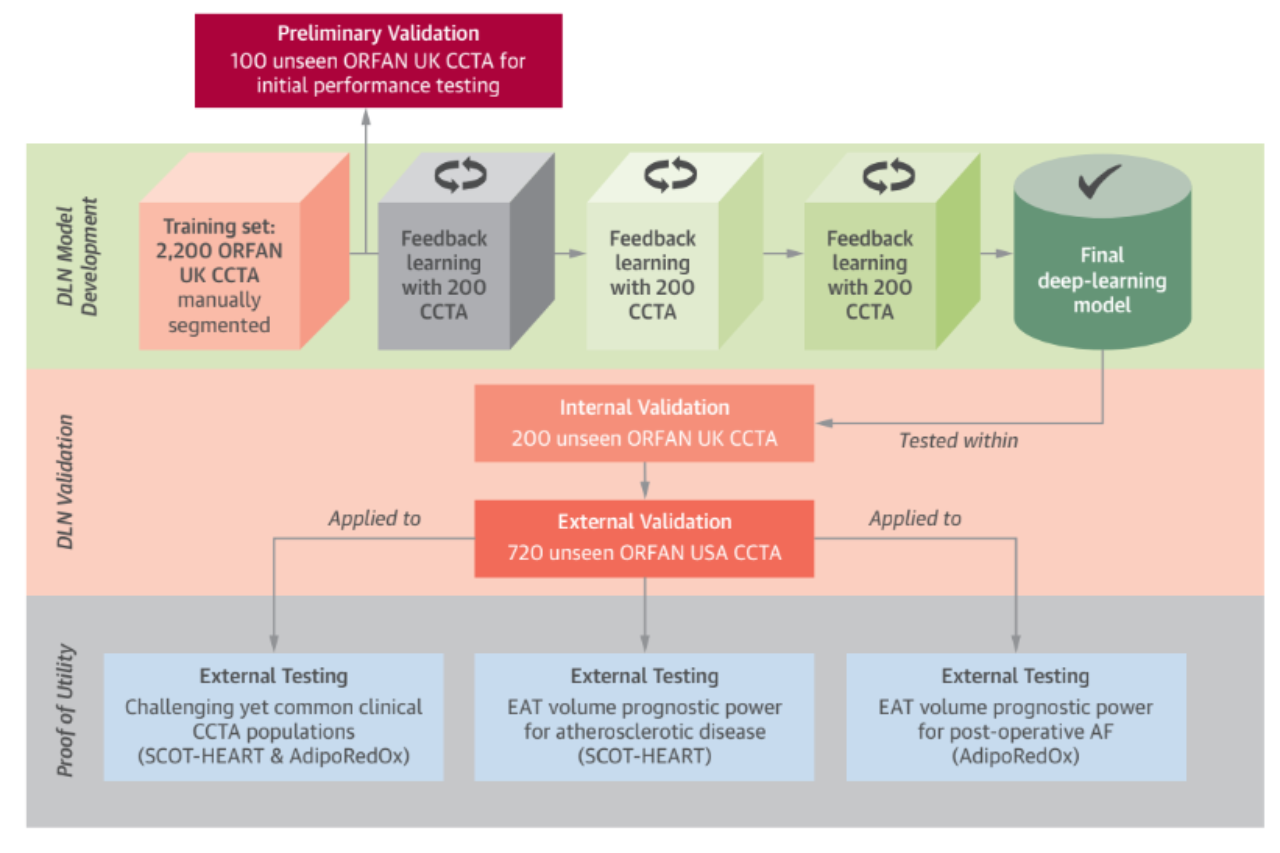
Deep-Learning for Epicardial AdiposeTissue Assessment
Epicardial adipose tissue (EAT) volume is a marker of visceral obesity that can be measured in coronarycomputed tomography angiograms (CCTA). The clinical value of integrating this measurement in routine CCTAinterpretation has not been documented. Please click here to read the full publiation.
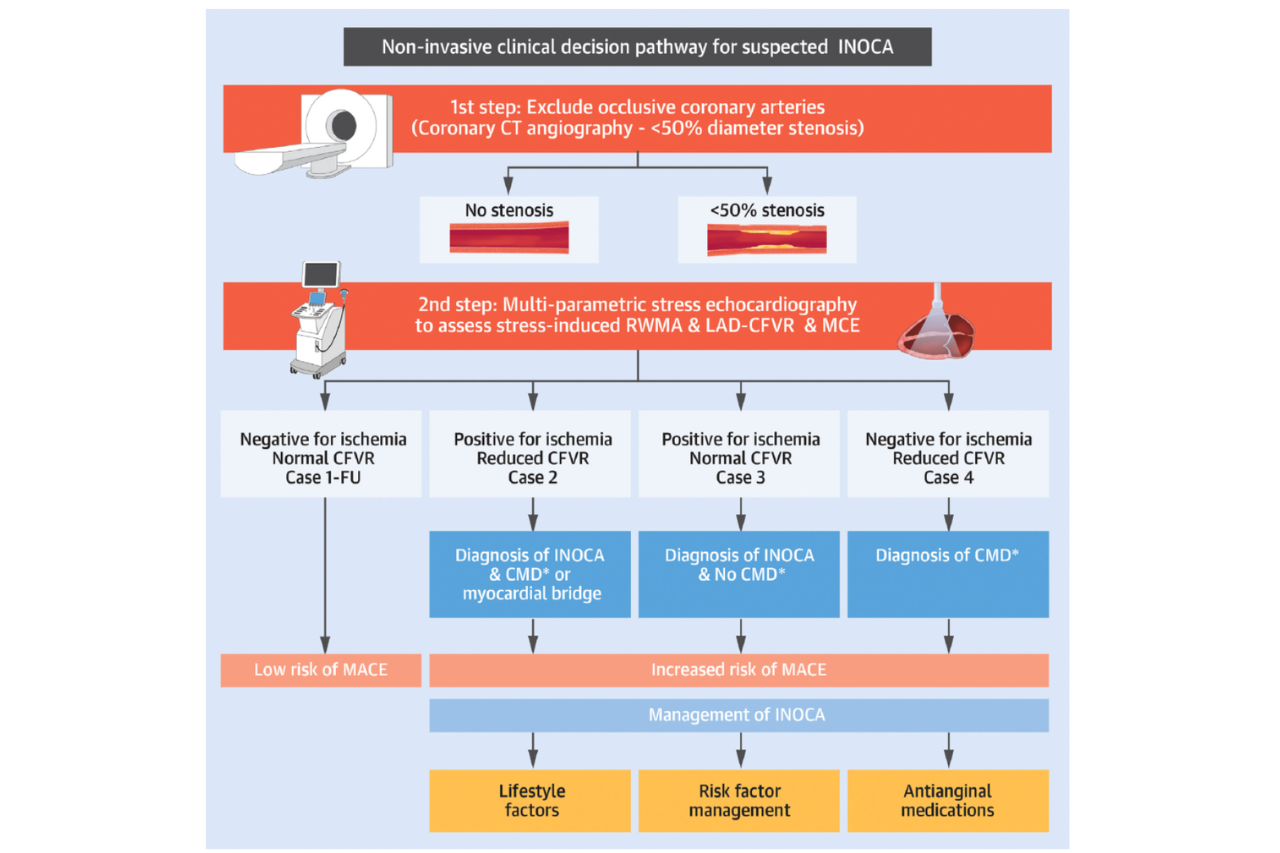
Multiparametric Stress Echocardiography in the Diagnosis of IOCA and INOCA
We present assessment of chest pain patients by multiparametric dobutamine stress echocardiography to differentiate inducible ischemia with obstructive coronary artery disease and with no obstructive coronary artery disease. In addition to the classical regional wall motion abnormality, we illustrate how coronary flow velocity reserve by Doppler echocardiography assists diagnosing coronary microvascular dysfunction. Please click here…

Wearing a wrist wearable device to measure vital signs
Wearable devices could be used to continuously monitor vital signs in patients who are hospitalized, but theyrequire validation. This study aimed to evaluate the clinical validity of the prototype of a semiautomated wearable wrist device (ChroniSense Polso) to measure vital signs and provide National Early Warning Scores (NEWSs). Read the full study by clicking here.
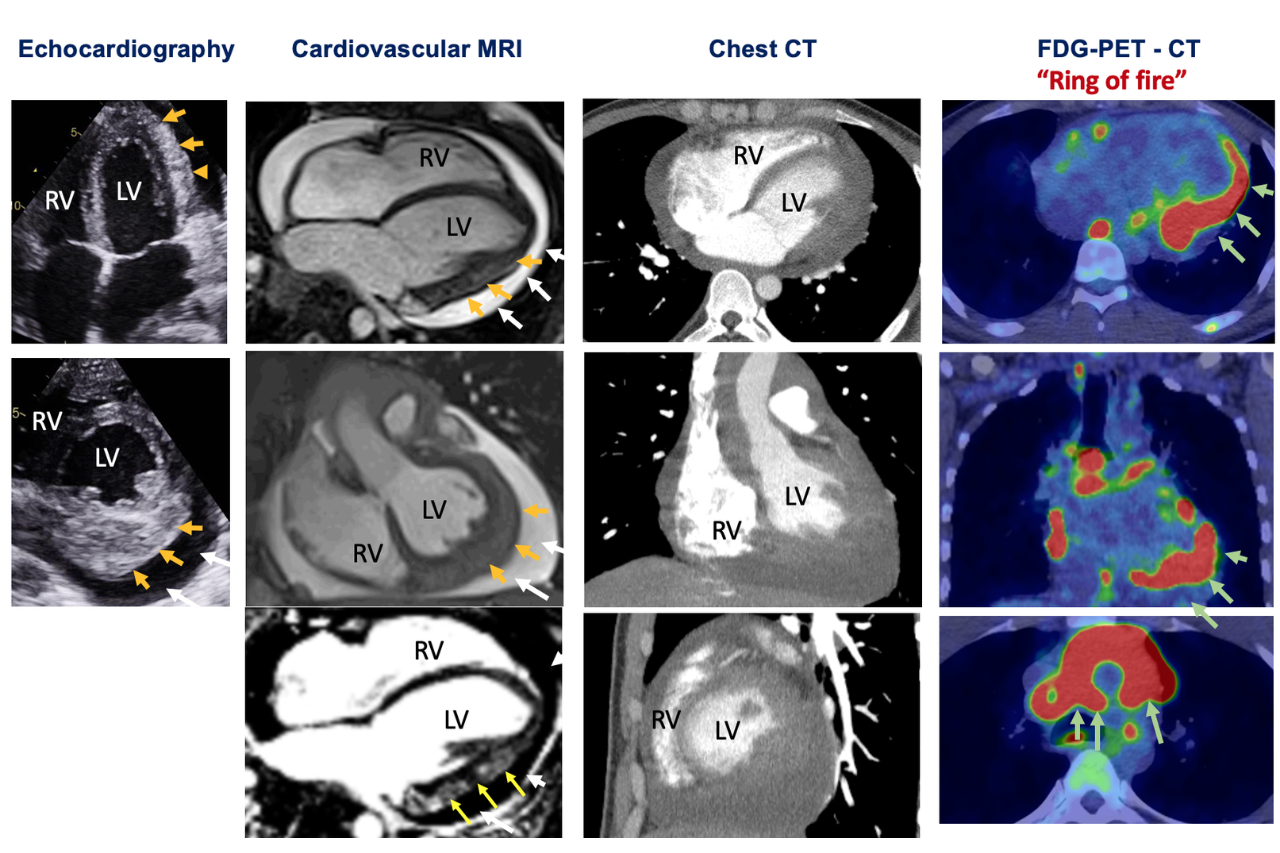
A diagnostic conundrum of a “ring of fire”
A 36-year-old man presented to our hospital with a 2-week history of palpitations in the context of 3 months of a dry cough, weight loss, and night sweats. The patient had no medical history, no recent foreign travel, and no contact with anyone who was unwell orwho had been exposed to tuberculosis. He had no…
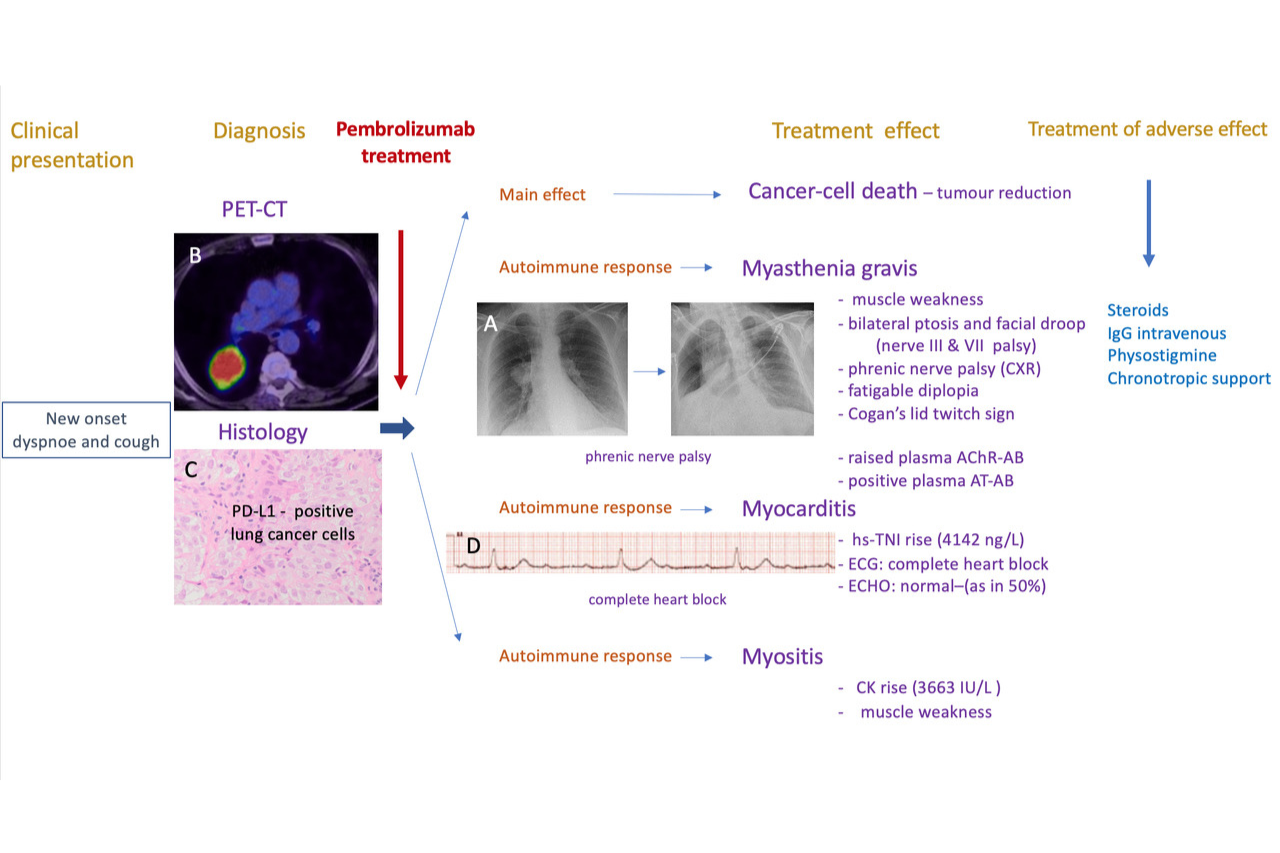
Myasthenia gravis, myositis and myocarditis: a fatal triad
We are pleased to advise our latest case report has been published on the BMJ. We wish to raise awareness of the triad of life-threatening complication of ICI therapy that accounts for 30%–50% of fatal complications. Please click here to read the report on the BMJ.
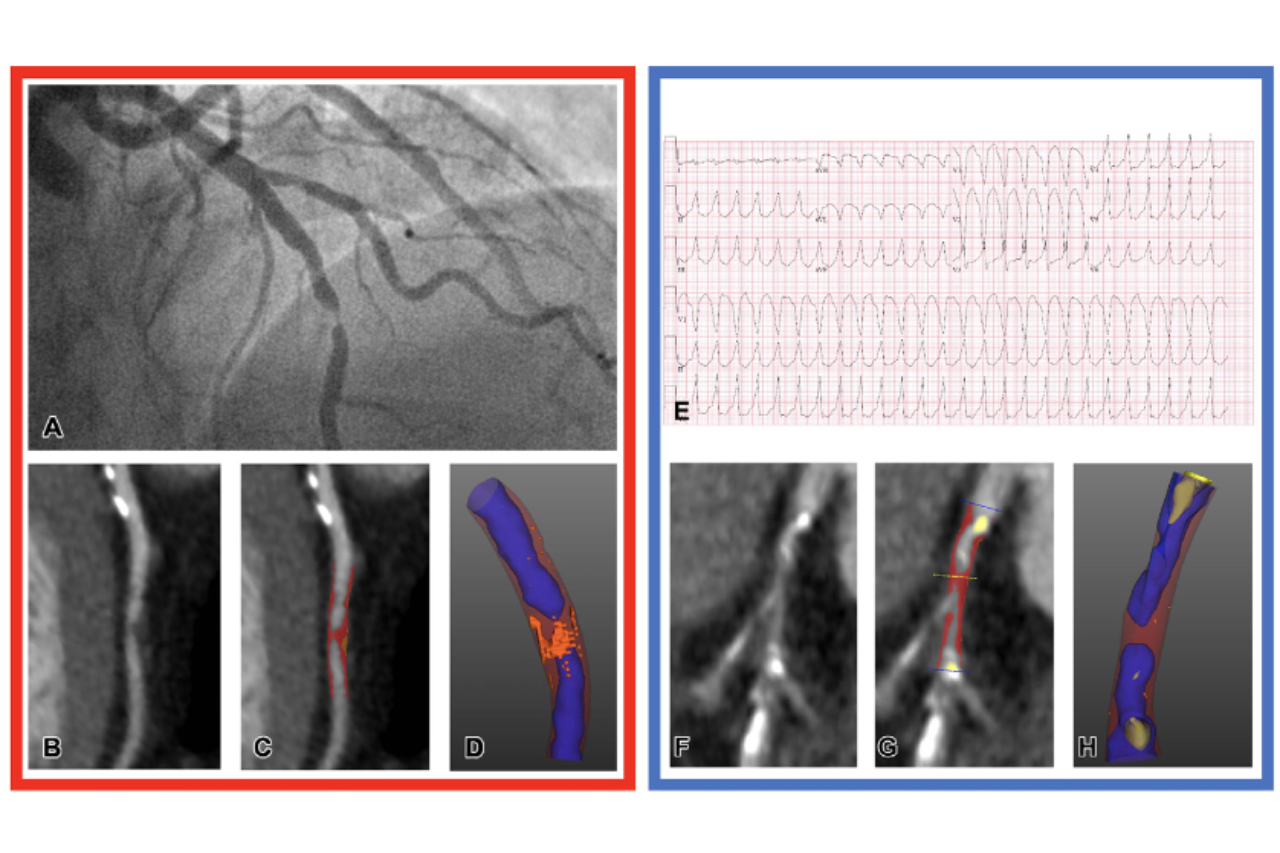
Distinguishing Type 1 from Type 2 Myocardial Infarction
The latest publication from the TCRG group is now available. It looks at how we can distinguish Type 1 from Type 2 Myocardial Infarction by Using CT Coronary Angiography. Please take a look via this link.
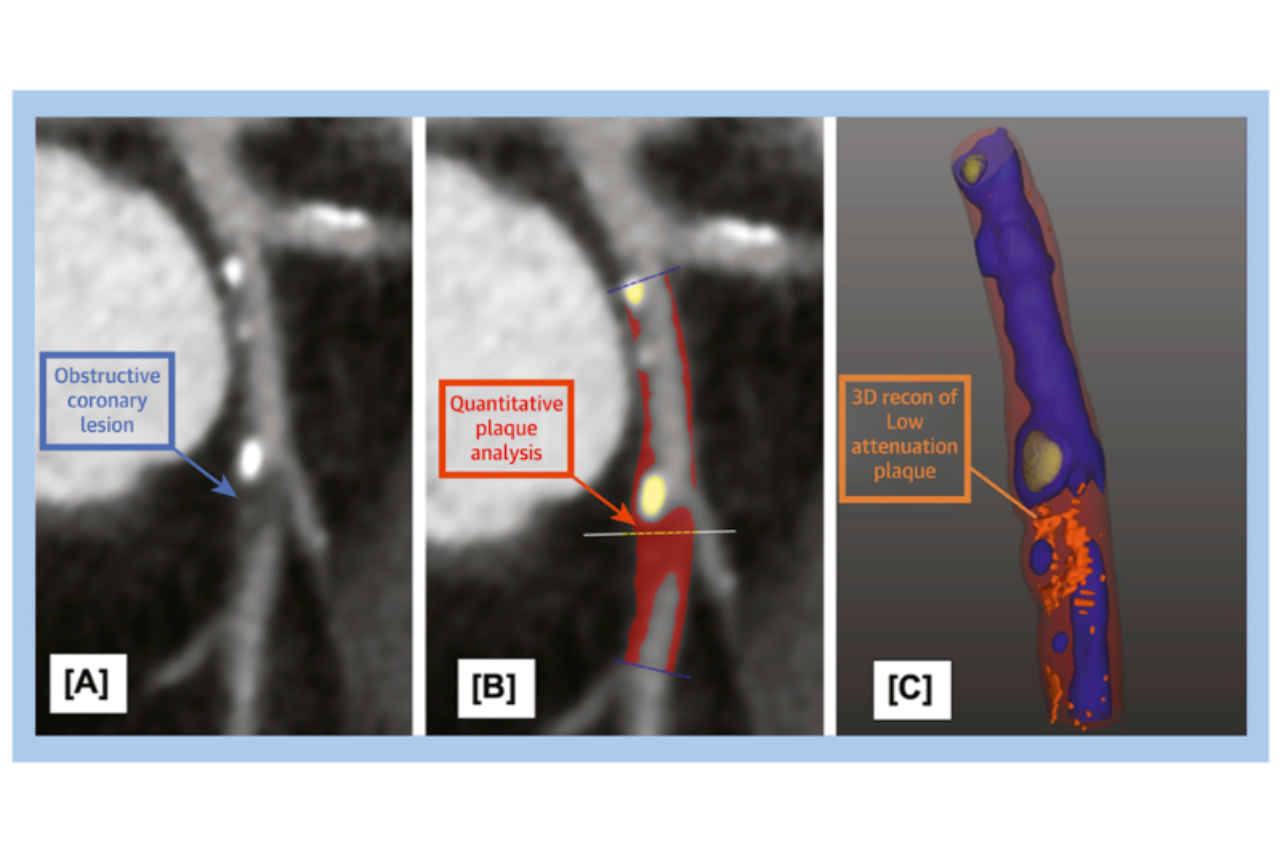
Plaque Burden and 1-Year Outcomes in Acute Chest Pain
In patients with stable chest pain, computed tomography (CT) plaque burden is an independent predictor of future coronary events. The purpose of this study was to determine whether plaque burden and characteristics can predict subsequent death or myocardial infarction in patients with acute chest pain. Please click here to read more.
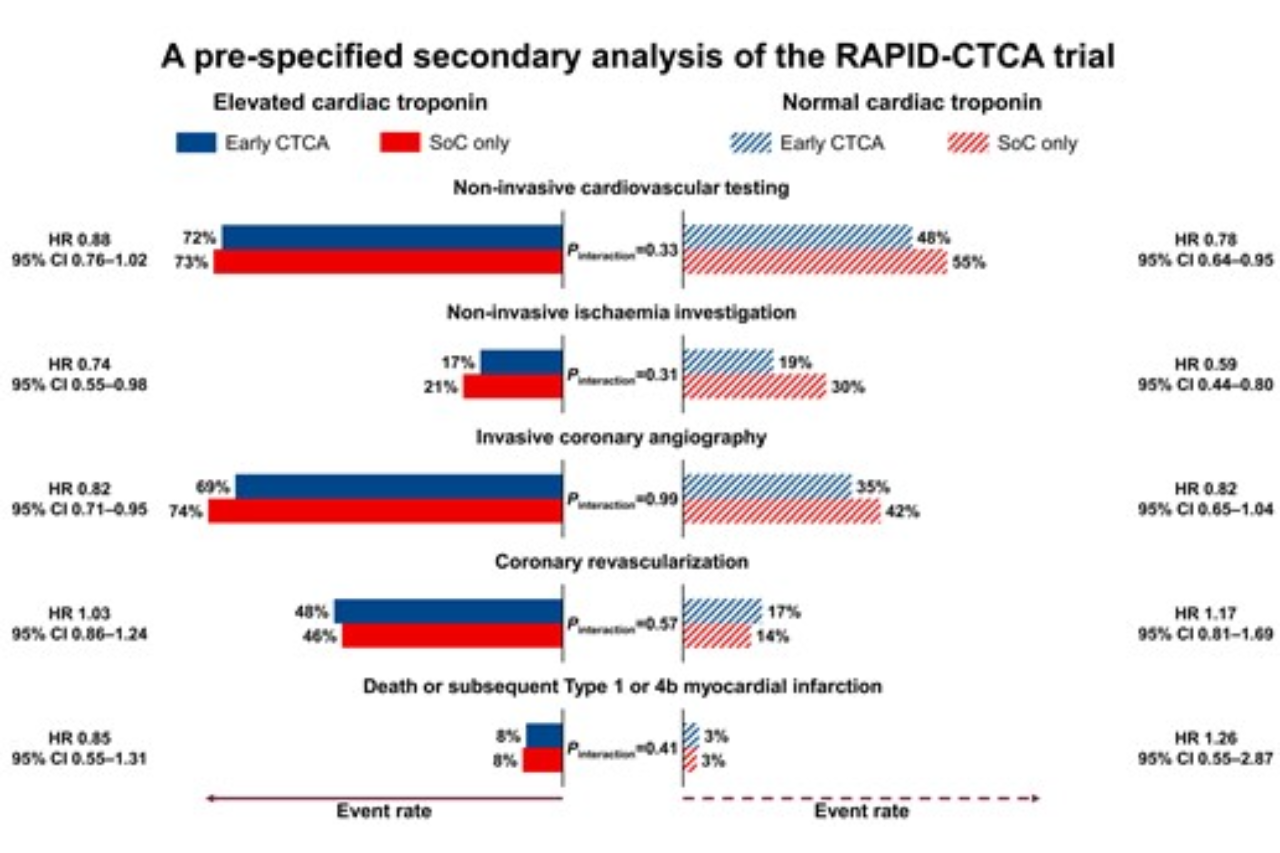
Presentation cardiac troponin and early computed tomography coronary angiography
A new article is available to read on the European Heart Journal. The aim is to evaluate the potential associations between presentation cardiac troponin and the clinical impact of early computed tomography coronary angiography (CTCA) in intermediate-risk patients with suspected acute coronary syndrome. Please click here to read more.
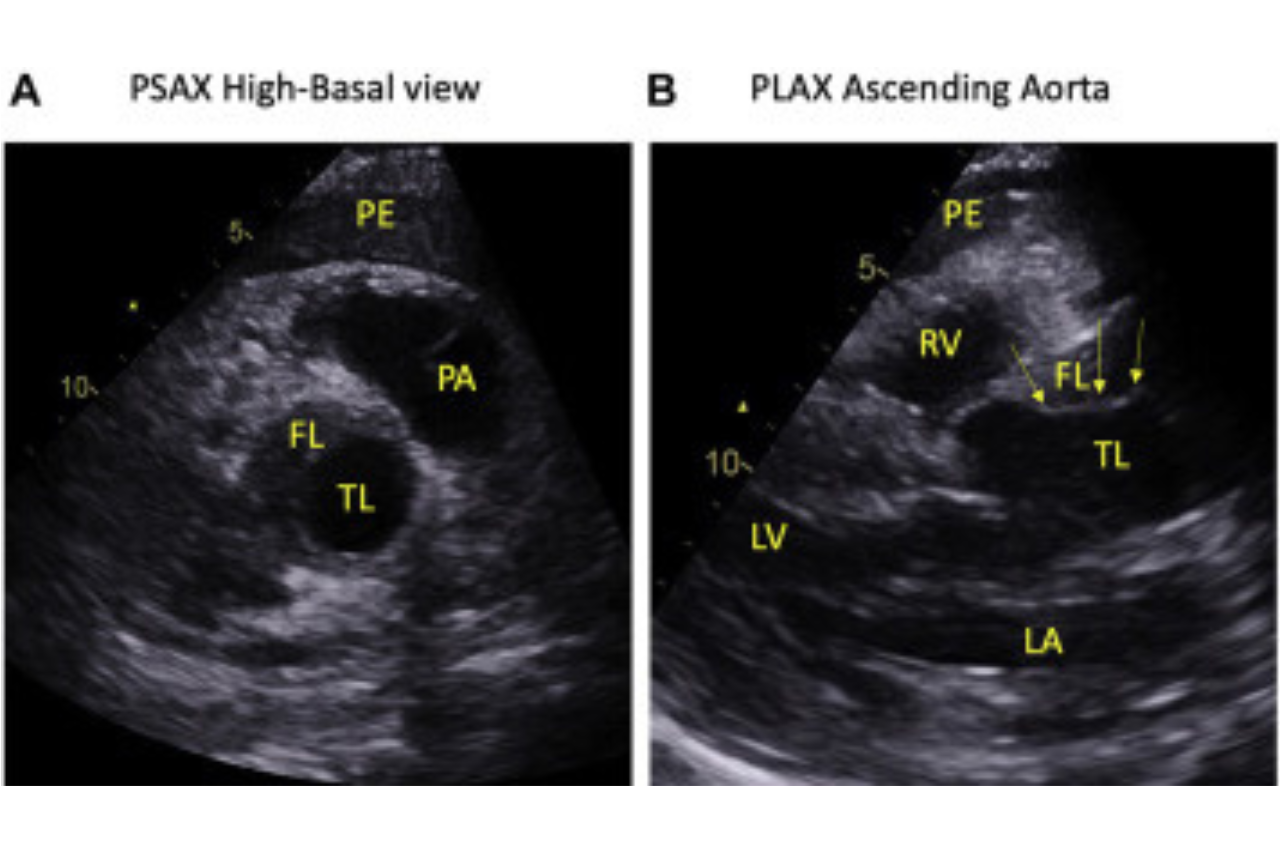
The Role of Point-of-Care Ultrasound in the Emergency Department
There is a new publication available to read. The full title is The Role of Point-of-Care Ultrasound in the Emergency Department: The Case of a Contained Rupture of the Ascending Aorta Due to Type A Dissection Causing Subacute Cardiac Tamponade. Please click here to read.
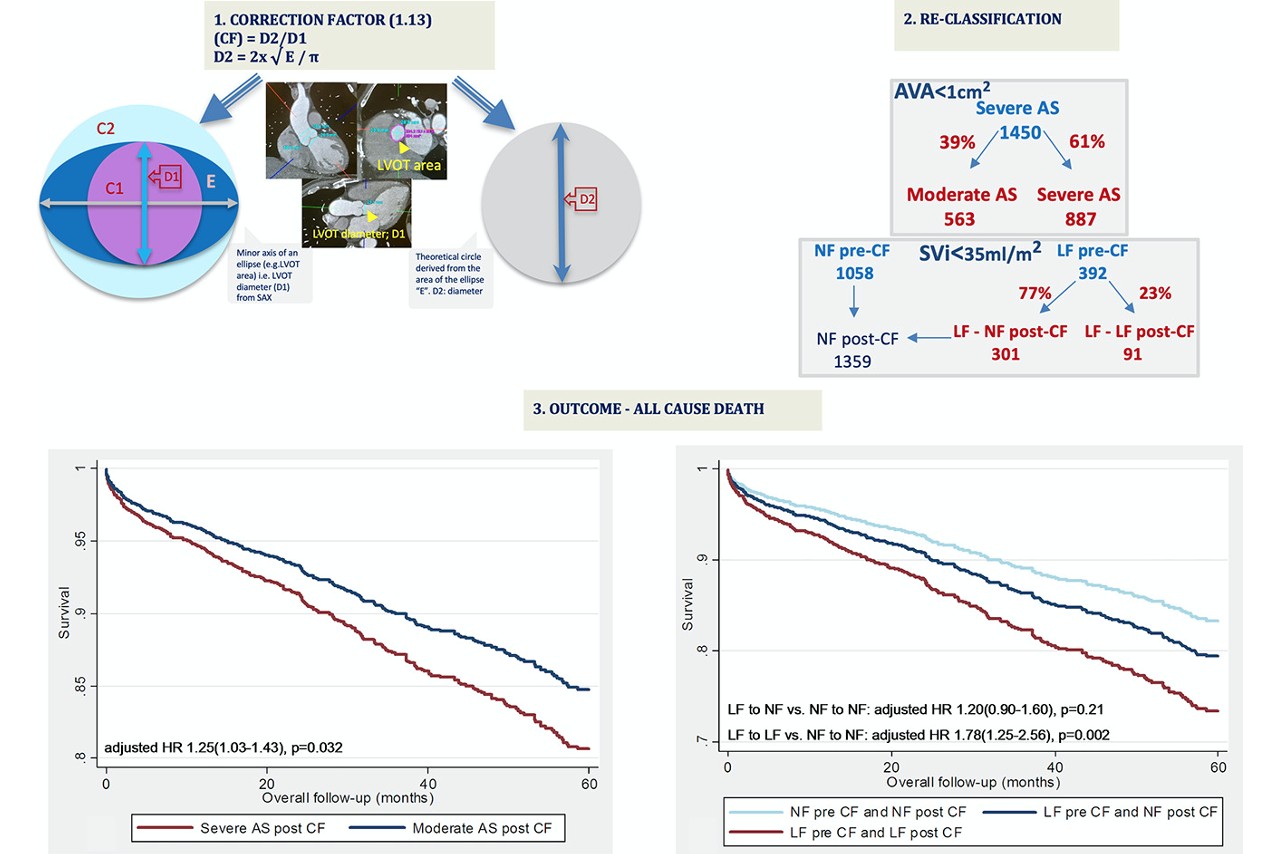
Results of CT-derived correction factor published
And the story goes on… After describing the “correction factor” derived from 400 CCTA images to improve accuracy using the echo based continuity equation in AVA and SV measurement (URL: https://lnkd.in/gFEK9QzD) – we have now published the outcome data to show its utility in the reclassification rate and associated 5-years all cause mortality in patients with…
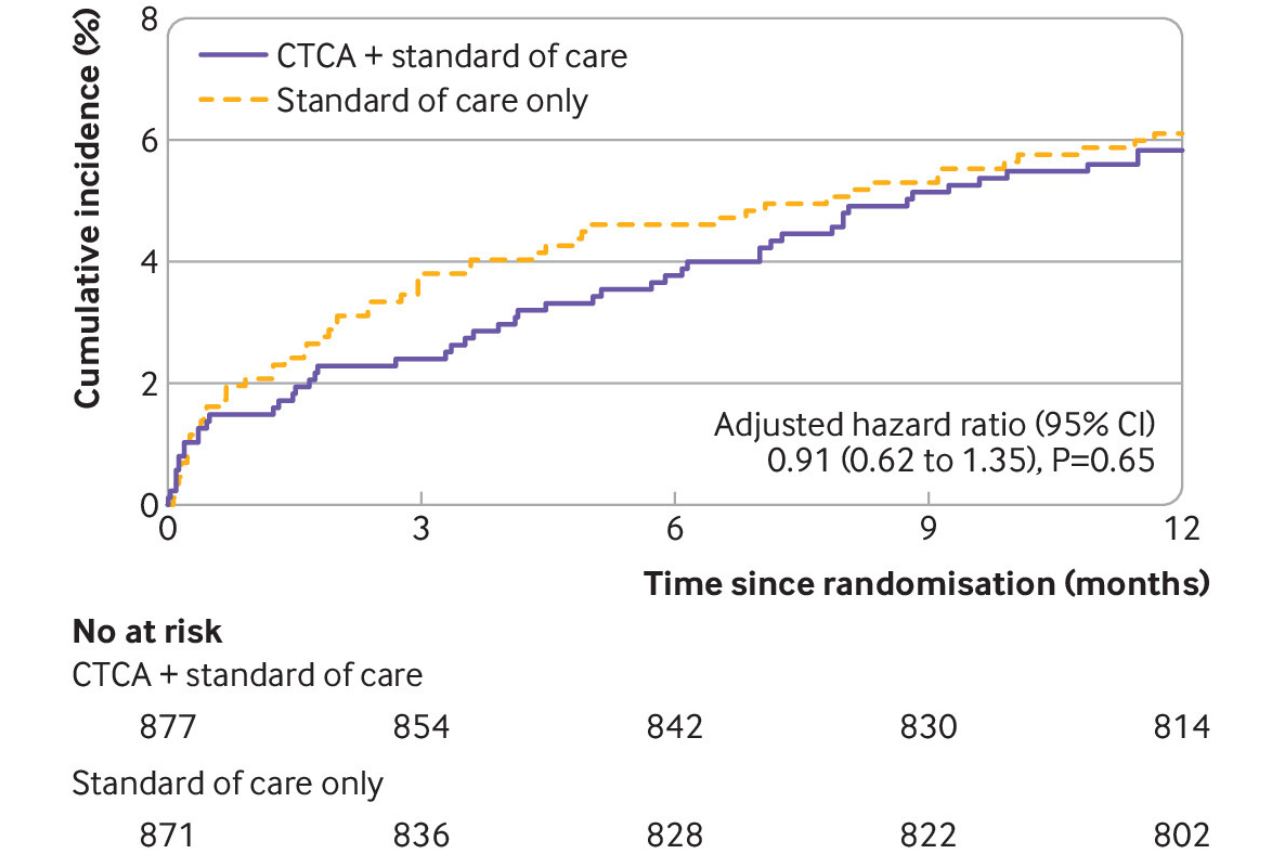
RAPID CTCA trial BMJ Publication
RAPID CTCA trial shows how non-inferiority of CCTA guided management compares to standard clinical care in patients presented with intermediate risk acute chest pain to ED. Our Research Group as a proud site of RAPID-CTCA- RCT. Please click here to read the full publication on the BMJ.

TCRG officially endorsed
We are honoured that the cardiology cardiovascular research group has officially been endorsed by The University of Buckingham as a Translational Cardiovascular Research Group at Milton Keynes University Hospital in June 2021.
